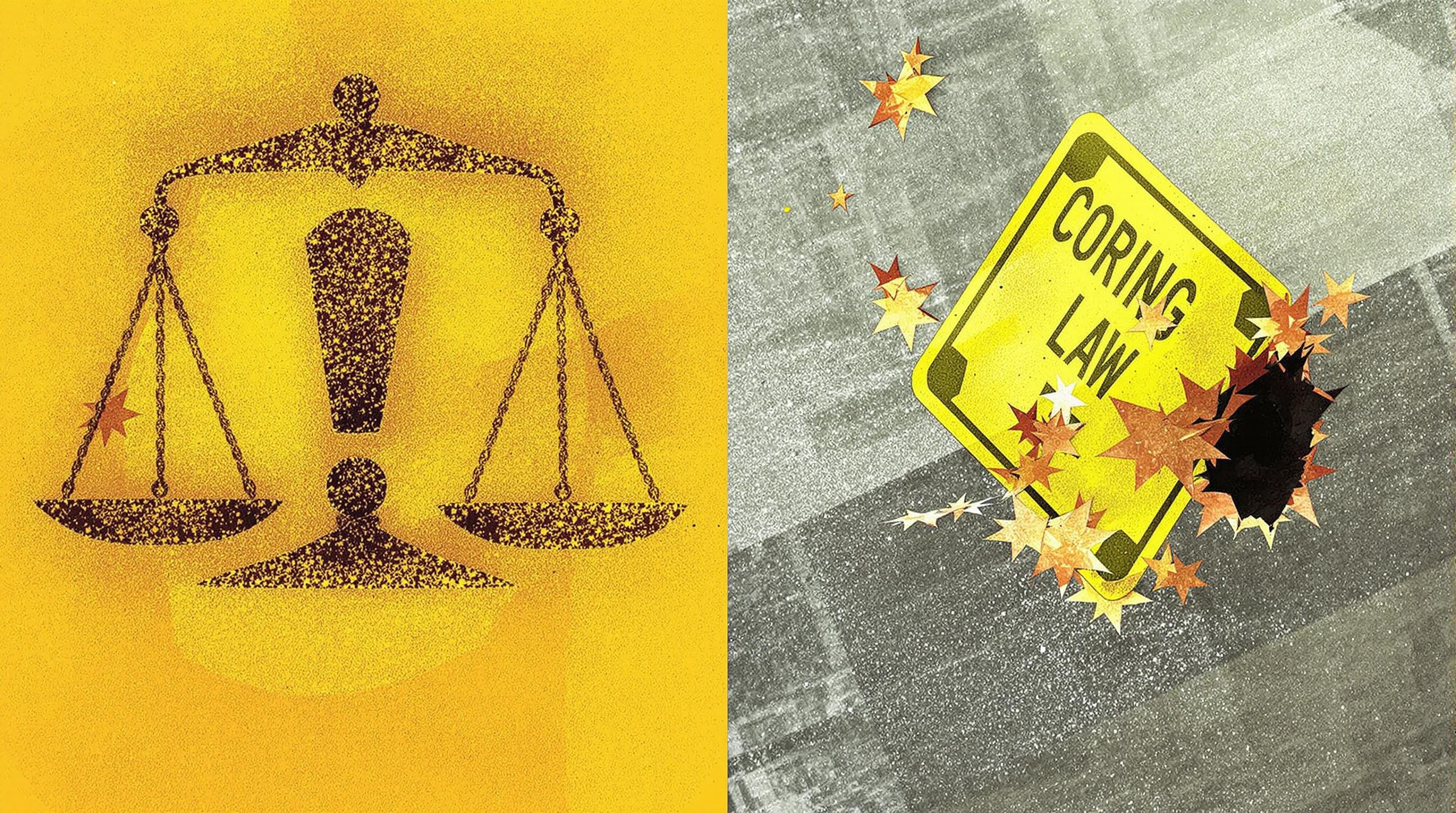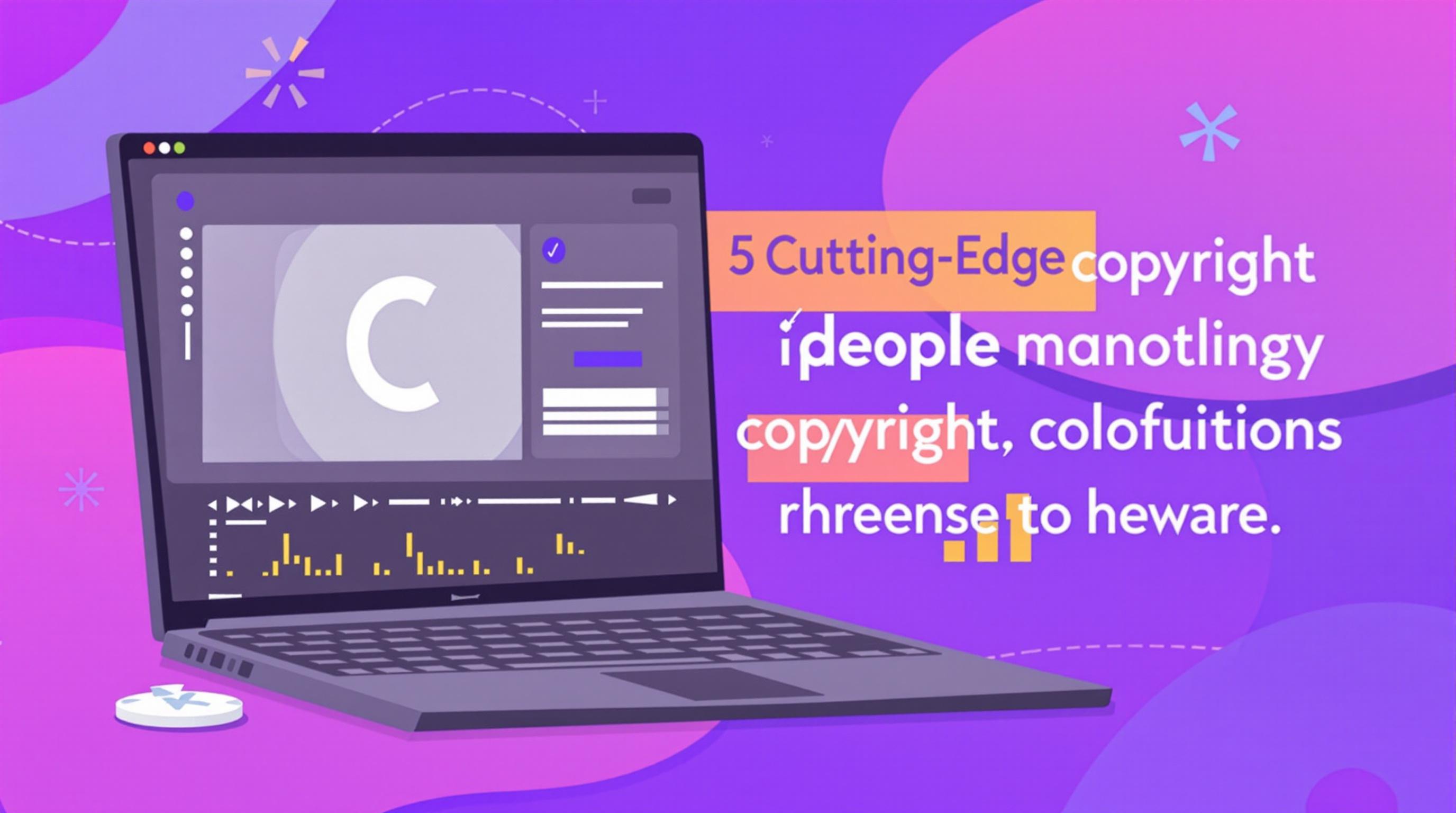Related Articles
- The Role of Cultural Norms and Social Pressure in Shaping Corporate Tax Behaviors Across Borders
- Top 6 Game-Changing HR Analytics Platforms Since 2019 Revolutionizing Employee Rights Enforcement
- The Unexpected Impact of Cultural Appropriation on Copyright Claims and Creative Ownership Debates
- Unveiling the Role of AI in Detecting Counterfeit Trademarks Before Official Approval
- The Quiet Impact of Cultural Nuances on Negotiation Dynamics in Global Business Agreements
- The Hidden Role of Psychometric Profiling in Choosing Co-Founders for Startup Success
Top 9 Cutting-Edge Solutions Released Since 2019 to Protect Your Original Content Like a Pro
Top 9 Cutting-Edge Solutions Released Since 2019 to Protect Your Original Content Like a Pro
Top 9 Cutting-Edge Solutions Released Since 2019 to Protect Your Original Content Like a Pro
In today’s digital age, protecting original content from unauthorized use, plagiarism, and theft is more critical than ever. Since 2019, several innovative solutions have emerged that empower creators, publishers, and businesses to safeguard their intellectual property efficiently. These technologies range from advanced watermarking techniques to AI-powered plagiarism detection, all designed to ensure your creative work remains yours.
Understanding these cutting-edge tools can help content creators stay a step ahead in the increasingly complex digital landscape. Below, we explore nine remarkable solutions released since 2019 that offer robust content protection.
Each section delves into one technology, offering insights into its features, benefits, and practical applications.
1. Blockchain-Based Content Authentication
Blockchain technology has revolutionized many industries, and content protection is no exception. Since 2019, platforms like Po.et have leveraged blockchain to create a decentralized, tamper-proof ledger for timestamping and verifying ownership of creative work. This means once you register your content on the blockchain, you have irrefutable proof of authorship and creation date.
The immutable nature of blockchain ensures that attempts to alter or dispute ownership records are virtually impossible. This empowers creators to confidently enforce their rights and resolve copyright disputes more efficiently.
Beyond legal protection, blockchain also fosters transparency and trust between content creators and consumers by providing verifiable authenticity. According to a 2020 report by the World Intellectual Property Organization (WIPO), blockchain offers promising avenues for rights management and anti-piracy measures.
2. AI-Powered Plagiarism Detection Tools
Since 2019, AI advancements have significantly enhanced plagiarism detection capabilities. Tools like Turnitin and Copyleaks have upgraded their platforms with machine learning algorithms that detect paraphrased content and semantic similarities—not just exact matches.
This approach improves accuracy in identifying unauthorized use, even if the thief tries to mask copying by rewriting sentences. It is especially valuable for academic, journalistic, and professional content where nuances matter.
Moreover, AI-driven platforms integrate real-time scanning and extensive database checks, offering immediate alerts. A 2021 study from Stanford University highlights that AI can reduce false positives by up to 40%, making protection more reliable than ever.
3. Digital Watermarking with Invisible and Forensic Marks
Invisible watermarking techniques introduced recently embed imperceptible codes into digital content such as images, videos, and audio. This allows creators to track unauthorized distribution without affecting user experience.
Forensic watermarking goes further by embedding unique identifiers tied to the buyer or viewer of the content, enabling pinpointing of the source in piracy cases. Solutions like Digimarc have enhanced their watermarking tech since 2019 to survive content modifications, such as cropping or compression.
These advancements make digital watermarking a powerful deterrent, supported by legal evidence in many copyright infringement cases worldwide. Additionally, watermarking requires minimal bandwidth and processing power, making it accessible for widespread use.
4. Content Protection Plugins for CMS Platforms
With the rise of content management systems (CMS) like WordPress and Joomla, specialized plugins have emerged to restrict unauthorized copying and sharing. Since 2019, plugins such as WP Content Copy Protection and Prevent Content Theft employ a suite of methods including disabling right-click, blocking text selection, and preventing hotlinking.
These plugins also provide customizable settings, allowing site owners to balance protection with user accessibility. They are especially popular among bloggers, photographers, and independent content creators seeking cost-effective protection.
While no solution is foolproof, combined with other technologies, CMS plugins form an integral first layer of defense. Reviews on leading tech sites like TechRadar have praised their ease of implementation and effectiveness for smaller-scale websites.
5. Automated DMCA Takedown Services
Copyright holders often face challenges managing removal requests for unauthorized content. Automated DMCA takedown services like DMCA.com and Takedown Czar, which have expanded service features since 2019, greatly simplify this task.
These platforms automate the process of identifying infringing content across the web and issuing legally compliant takedown notices to hosting providers and platforms. They also track the status of requests, offering dashboards for proactive rights management.
As reported by the Copyright Alliance in 2022, these services significantly reduce the time between infringement detection and resolution, helping creators maintain control without legal expertise.
6. AI-Based Content Fingerprinting and Monitoring
Content fingerprinting uses AI to create unique digital signatures of text, audio, or video content, enabling real-time monitoring across multiple online platforms. New solutions like Audible Magic and Pex have enhanced fingerprinting algorithms since 2019 for faster, more accurate detection.
This allows rights holders, such as musicians and filmmakers, to identify unauthorized uses at scale, even on complex platforms like streaming services and social media.
The monitoring systems often include analytics dashboards and automated enforcement options, allowing proactive protection strategies. The IFPI Global Music Report 2023 highlights fingerprinting as a key anti-piracy tool helping to protect billions of streams and downloads annually.
7. Smart Contracts for Licensing and Usage Control
Smart contracts, powered by blockchain platforms such as Ethereum, have gained traction since 2019 in automating licensing agreements and usage control for original content. These contracts self-execute terms when conditions are met, reducing disputes and ensuring fair compensation.
For example, content creators can embed rules specifying how their work may be used, with payments issued automatically upon licensing acceptance or content consumption. This technology benefits photographers, musicians, and writers seeking transparent, trustless business models.
According to a report by Deloitte in 2021, smart contracts improve copyright administration efficiency, decrease costs, and empower creators by providing greater control over their digital assets.
8. End-to-End Encryption for Digital Content Delivery
Protecting content during delivery is as important as protecting it at rest. End-to-end encryption (E2EE) solutions have become more accessible and robust since 2019, ensuring that digital works are securely transmitted without interception or tampering.
Content distribution platforms now incorporate E2EE to protect sensitive manuscripts, confidential reports, and premium media. Users and clients receive content secured with cryptographic keys that prevent unauthorized copying during transfer.
Organizations like the Electronic Frontier Foundation advocate for widespread adoption of encryption to safeguard intellectual property and personal privacy alike, underpinning the modern content protection environment.
9. AI-Driven Content Rights Management Platforms
Since 2019, integrated AI-driven content rights management platforms have emerged to provide comprehensive, centralized control over copyright, licensing, distribution, and anti-piracy measures. Platforms such as RightsCloud and ContentArmor use AI to automate workflows, detect unauthorized uses, and manage payments.
This holistic approach enables content owners to oversee all aspects of their digital property from a single interface, saving time and reducing error risks. Often these platforms include machine learning models trained on billions of data points for superior detection accuracy.
Research published by the Association of American Publishers in 2022 notes significant productivity gains and revenue protection benefits enjoyed by early adopters of such smart rights management technologies.




